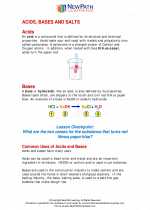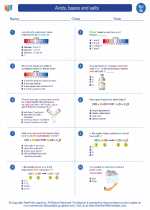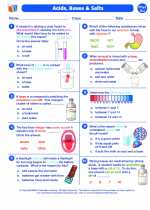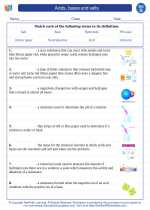Periscopes: Exploring Reflection and Light
What is a Periscope?
A periscope is an optical instrument used to see objects that are not in the direct line of sight. It typically consists of a tube with mirrors at each end, angled at 45 degrees. This allows the user to see around obstacles or over barriers.
How Does a Periscope Work?
When light enters the periscope, it undergoes multiple reflections off the mirrors inside the tube. The first mirror reflects the light at a 90-degree angle, and the second mirror reflects the light again, allowing the observer to see an image of the object outside the direct line of sight.
History of Periscopes
Periscopes were first used in submarines to allow the crew to see above the water while remaining submerged. They have since been used in various other applications, including military surveillance, binoculars, and even in some amusement park rides.
Periscopes in Science
Studying periscopes provides insight into the principles of reflection, light, and optics. It also demonstrates how devices can be engineered to manipulate light to extend our vision beyond what is normally possible.
Study Guide
Key Concepts
- Reflection of light
- Multiple reflections
- Angle of incidence and angle of reflection
- Uses of periscopes in various fields
Experiments and Activities
1. Build a simple periscope using mirrors and cardboard to understand how light is reflected inside the device.
2. Investigate the impact of different mirror angles on the field of view and clarity of the image.
3. Research and present on the different applications of periscopes in real-world scenarios.
Review Questions
1. What are the essential components of a periscope?
2. How does a periscope make use of multiple reflections to provide an extended line of sight?
3. Why are periscopes used in submarines?
Further Exploration
Explore the use of periscopes in the field of astronomy and how they enable astronomers to observe celestial objects at different angles.
.






